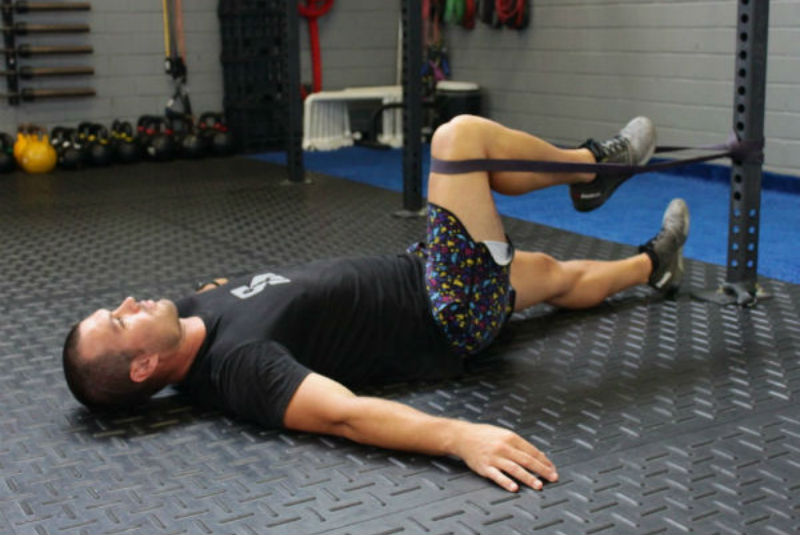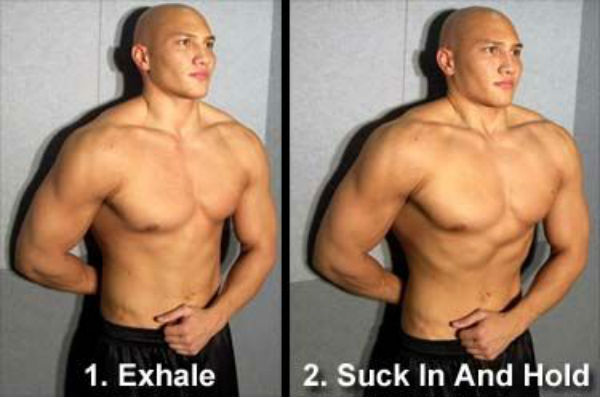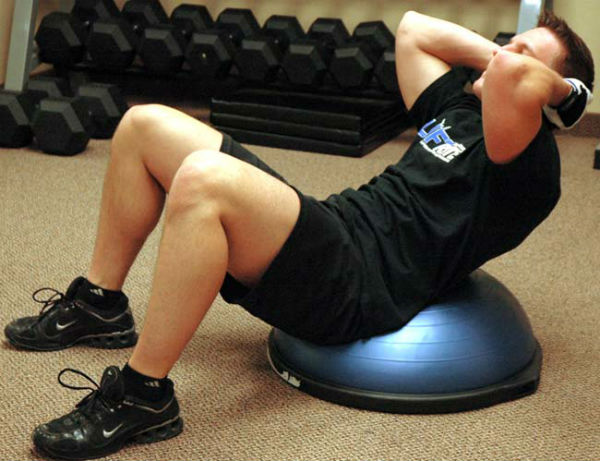
If you have already received a successful diagnosis, it’s time to begin completing sports hernia treatment exercises.
If you haven’t been diagnosed yet, or don’t know how, the pubic probe method can be done from the privacy and comfort of your own home to determine if you have the injury. While you should also see a specialist to confirm, it is a very accurate test if done properly.
While you may not require surgery, there is one important step you must take to ensure it can heal on its own (the sooner you act, the better your chances).
Once you have that figured out, it is time to begin the treatment plan.
A sports hernia develops in the first place because excess stress is placed on the inner abdominal wall. This stress can eventually cause inflammation or even tears to develop.
But how exactly does this pressure develop to begin with?
With poor posture, improper form during exercise, or a sedentary lifestyle the muscles of your legs, glutes, and lower back become very tight and inhibited. As this happens, the muscles of your hip and groin are also becoming weaker—this is because they are so tight they are unable to contract and essentially “turn off”.
Over a long enough time, this causes your body to become uneven. That “unevenness” if left uncorrected can lead to structural changes at the musculoskeletal level—your body has been asymmetrical for so long that it begins to become permanent.
And then, with the right sudden movement or twist, a tear happens and pain in the groin begins.
To treat this, we can target the root cause at its source. By doing the correct exercises, you are able to restore strength, mobility, flexibility, and balance to your body.
As you even do some of them, you will feel muscles in your body “turn on” that you haven’t felt in months or years!
Get the ULTIMATE Sports Hernia Master Guide with 30+ included resources, an in-depth rehabilitation program, tips, tricks, and more! Successfully diagnose, treat, and cure your sports hernia with this complete master guide created by a sports hernia specialist. Note that it is still highly recommended to read this article in full to understand how to get the most out of the guide to treat and cure your sports hernia or groin pain.
Sports Hernia Treatment Exercises
Before doing these, you should perform the lower-body mobility routine. This will relax your tight areas and allow you to get a deeper, fuller range of motion when performing the exercises. It will also keep you safe from making your injury any worse.
For each of the movements in the list below, start with 2 sets of 10 repetitions and work up over time:
- First session: 2 sets of 10 reps
- Second session: 3 sets of 10 reps
- Third sessions: 2 sets of 15 reps
And so on.
The prescribed exercises are as follows:
- Hip Bridge
- Dog Legs
- Bent-Legged Side Levers
- Psoas Hold
- Adduction (against a ball)
- Ab Roll-outs
- Reaching One-Legged Deadlifts
There are also 2 additional movements you should be completing in combination with the ones above:
- Abdominal Vacuums

Abdominal Vacuums
- Bosu Ball Crunches

Bosu Ball Crunches
Do not perform more than 3 sessions in a week.
For best results, it is recommended that you follow the full treatment plan which includes additional sports hernia treatment exercises.
